Since the first reported gluteal augmentation procedure in 1973, many surgical approaches have been developed to meet the fast-growing requests from patients.
During the last 10 years, due to the increasing demand for minimally invasive procedures, Macromolecular HA has become a valuable alternative to autologous fat grafting and implants, which are the most commonly used surgical techniques in this area.
Indeed, Macromolecular HA results in the best option for those patients with no fat to transfer or who need small volumes, little contouring, or defect correction. Moreover, this technique is first indicated in patients that don’t want to undergo a surgical procedure.
Clinically, Macromolecular HA filler has been shown to be integrated into the gluteal fat tissue and is better suited for gluteal anatomical and biological features. In addition, this biomaterial offers an optimal lifting effect on the skin. In this way, it is possible to achieve a good result even in an office-based treatment with minimal trauma, low AE risk, short recovery time, and reversible and tailor-made results.
Nevertheless, we should consider its two main cons: Macromolecular HA is a non-permanent filler, and the costs might be expensive for some patients.
Furthermore, in my nine year’s of experience, I have performed more than 3,700 treatments between Dubai, Milan, and Rome. From my point of view, this procedure is not as simple as it looks because it implies the knowledge of a few key concepts to obtain safe and effective results.
First, patient selection has to be observed in terms of surgical parameters avoiding those with significant skin laxity, stretch marks, and/or cellulite distribution. Then, advanced anatomical knowledge of the area is mandatory so as to avoid injection/damage/compression of gluteal vessels and nerve plexuses. From an aesthetic point of view, the evaluation of the buttocks’ shape and skin quality is essential.
Finally, the technique is the cornerstone to getting perfect, safe, and durable results. Injecting into the deep subcutaneous fat layer, always above the muscle, and avoiding the lower third of the buttock is mandatory to minimize the risk of AEs and fast product reabsorption.
Moreover, I recommend a total maximum injection volume of 150cc. per session. For larger volumes, I prefer to split the total amount into two or more sessions, one month apart, allowing us to reduce the risks of inflammation and obtain the best results.
Before starting, we should detect any of the patient’s previous treatments with other fillers, or present and past diseases that in certain instances could represent exclusion criteria.
Patient assessment should be performed in a stand-up position to evaluate the shape and skin quality under the gravitational effect and mark the areas to be treated, including the maximum projection zone, the path of the cannula, and entry points.
A safe treatment requires preparation by ensuring aseptic environment conditions and providing a prophylactic antibiotic, and anti-inflammatory treatment.
The choice of products is also crucial to obtain durable and safe results. I’ve been using HYAcorp MLF1/2 from BioSCIENCE for nine years because of their low toxicity level, specific rheological features, and two different ranges of particle size that allow you to match the needs of different skin types and buttock areas.


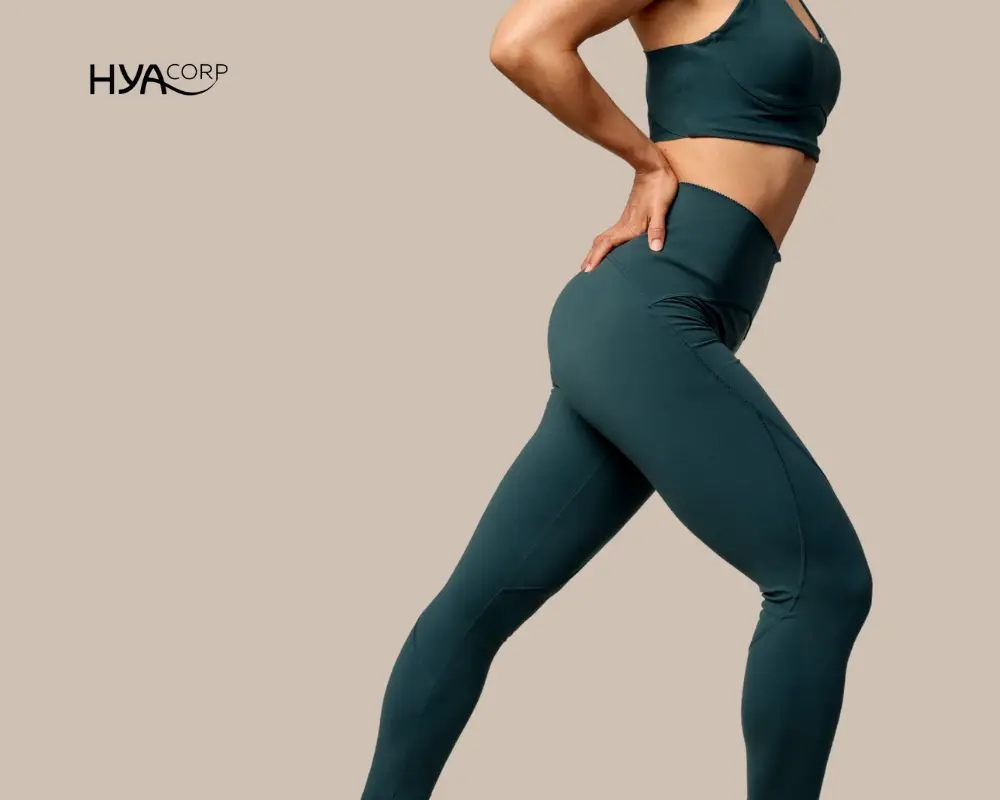
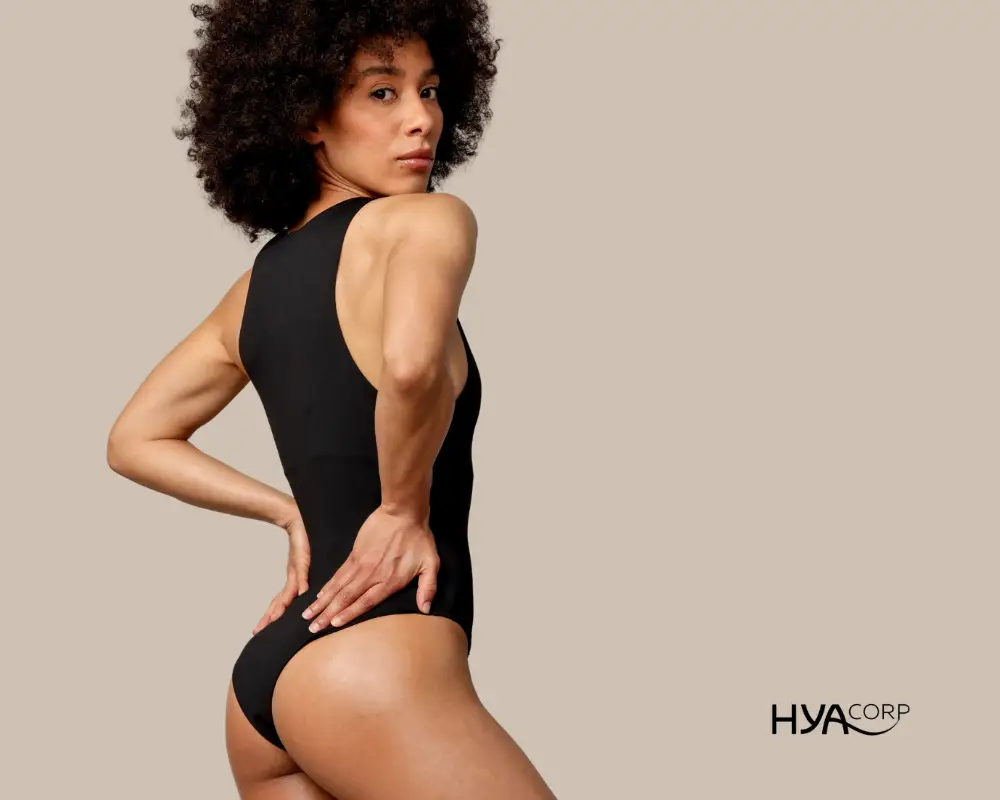
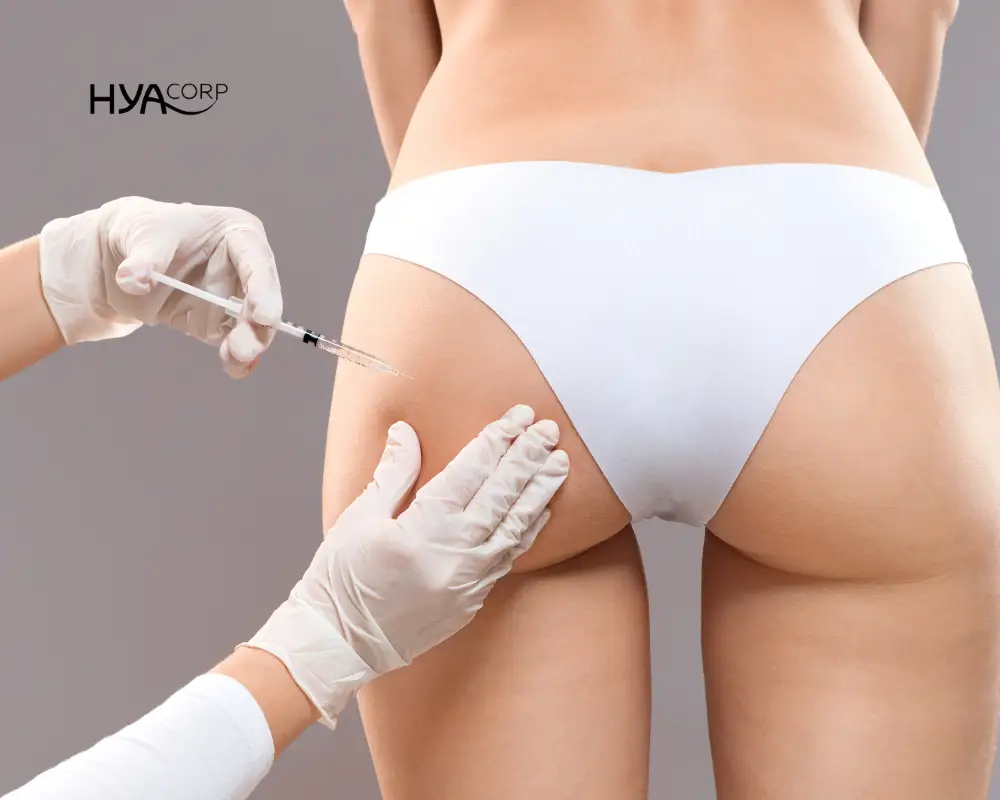
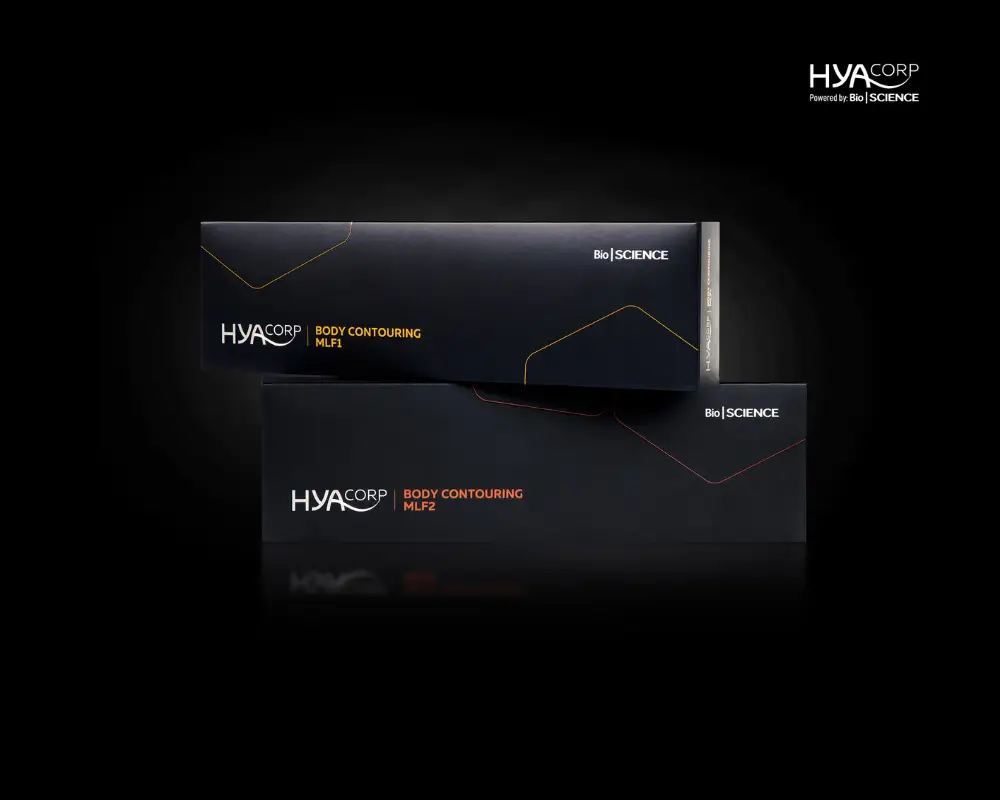
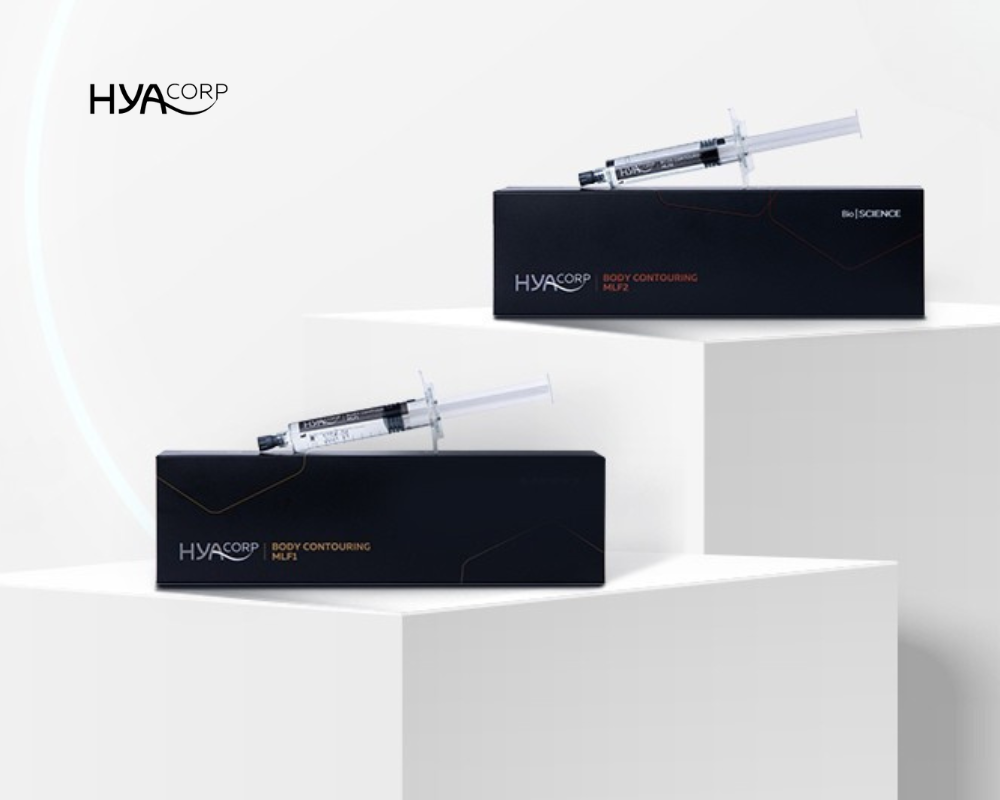
.webp)


